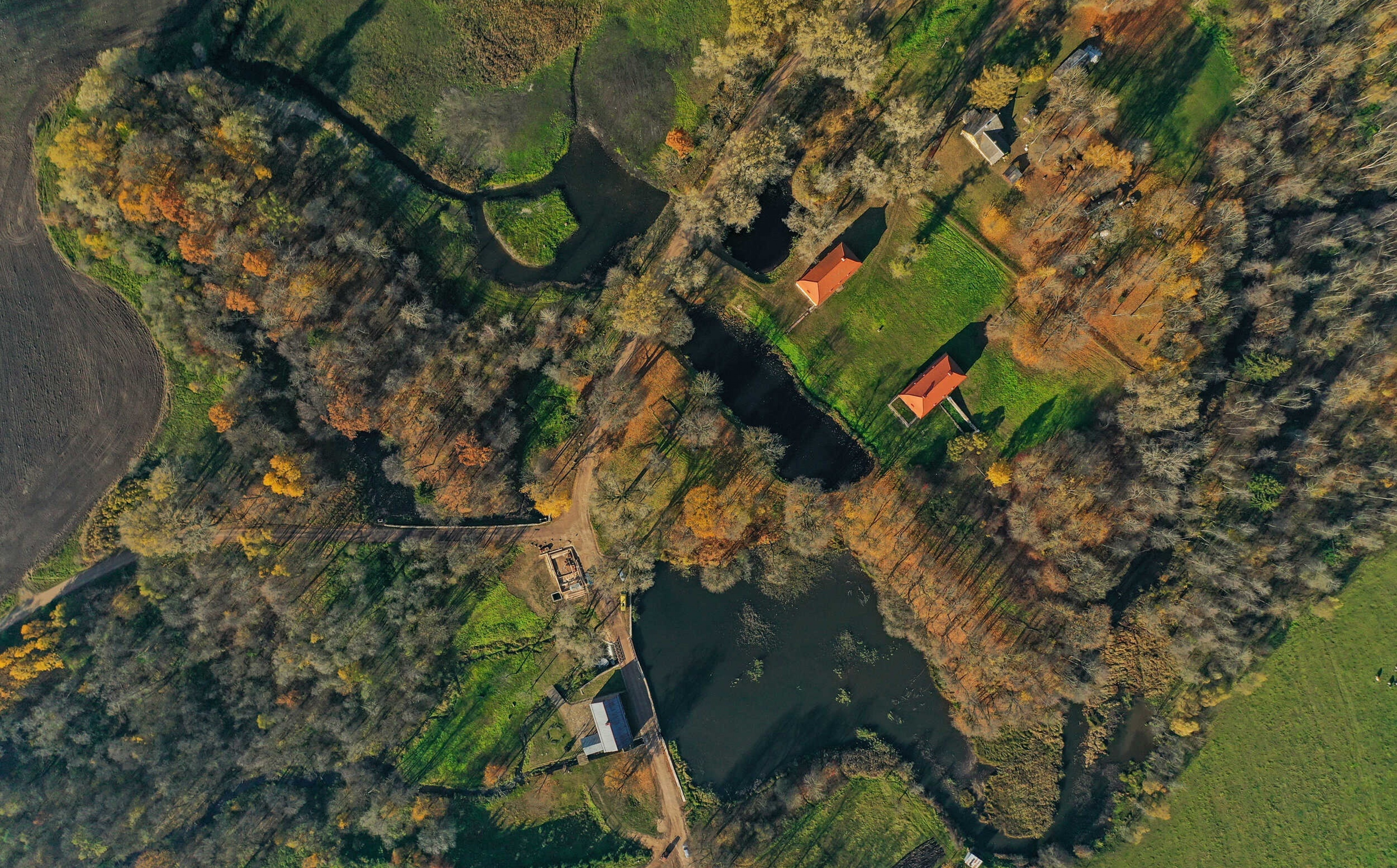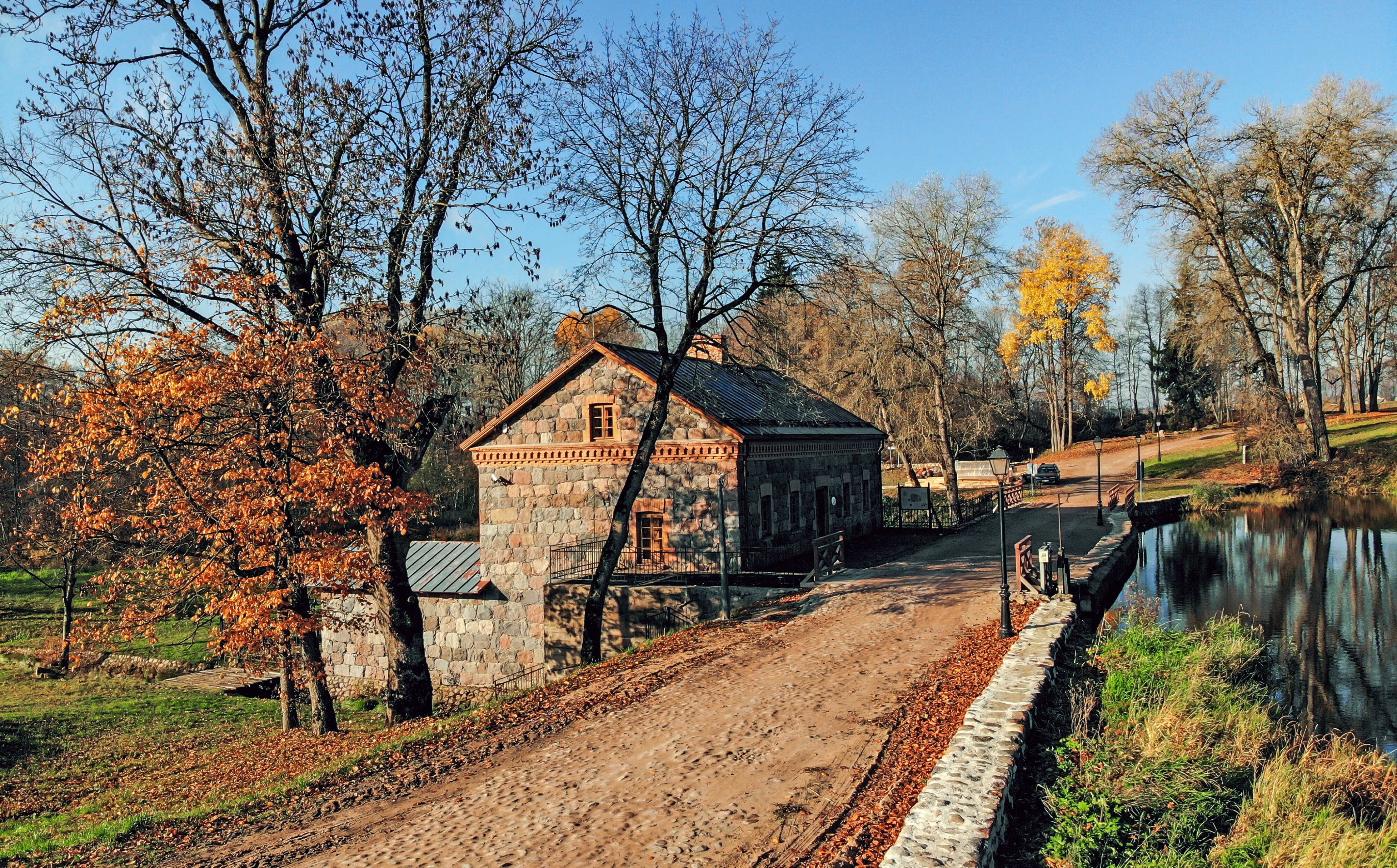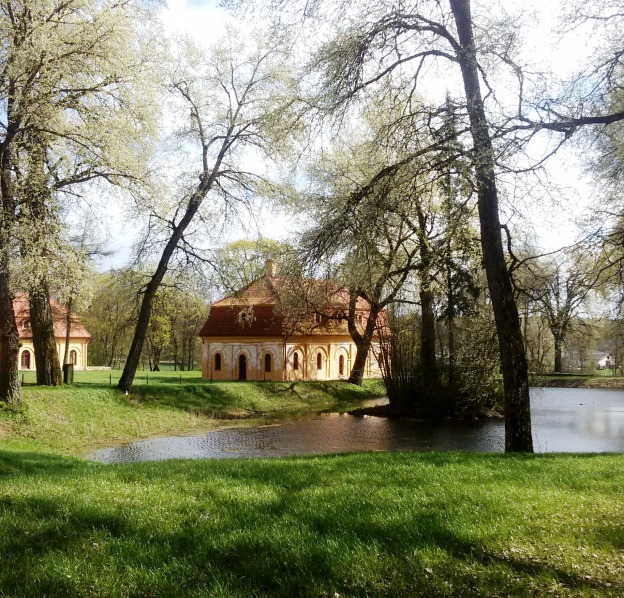Liubavas manor
- Home
- Castles and Manors
- Liubavas manor
In historical sources
Liubavas near Vilnius is one of the oldest manors in Lithuania, located in a picturesque area by the Žalesa River. Liubavas Manor is mentioned in written sources as far back as the 16th century. According to the facts in the surviving accounts of 1546–1547, this area was rich in natural resources, especially wood and fish. Liubavas supplied these goods to the Royal Manor of Vilnius. There were fish ponds for fish farming built, maintained and constantly renewed.The first known owners of Liubavas Manor was the noble Gasztołd family. In around 1544, Sigismund the Old transferred the manor houses of Gasztołd family in Lithuania to his son Sigismund Augustus. In the second half of the 16th century, the manor went to Mikołaj Radziwiłł Rudy. Later Liubavas Manor was ruled by the Golejewski, Tyszkiewicz, Kryszpin-Kirchenstein, Tyzenhaus families.
Ślizień family: the last owners of the manor
A famous sculptor Rafał Ślizień with his wife Kamilla Tyszkiewicz was the first member of Ślizień family to settle at Liubavas. After Kamilla’s death, the manor was ruled by her children Waldemar, Ritta and Gustaw and her grandson Rafał Jan. Until 1940, when the manor was expropriated by the Soviet authorities, Rafał Jan, the son of Gustaw, who inherited it from his father, lived here. During the period of Ślizień family, in the beginning of the 20th century, an exemplary stud farm was established here and a modern water mill was built. The inheritors with extraordinary artistic abilities took great care of the manor house they received.On the initiative of a sculptor Gintaras Karosas, Liubavas Manor is being brought back to life. In 2011, the Watermill-Museum of Liubavas Manor was open. It has received the Europa Nostra cultural heritage award for the quality of the restoration. The buildings of oficina and orangery from the eighteenth century, the Baroque period, have been completely restored.



